
Syracuse, NY
Dean: Michael Speaks
Associate Dean: Julia Czerniak
Undergraduate Chair: Lawrence Davis
Graduate Chair: Brian Lonsway
soa.syr.edu
@syr_arch
Founded in 1873, the School of Architecture at Syracuse University is one of the oldest schools of architecture in the United States. Its origins as a department within the College of Fine Art imbued the school with a strong emphasis on design that has continued into the 21st century. Design studios are complemented by courses in technology, structures, history, and theory, as well as by electives that allow students to explore the arts, humanities, and the social sciences. By synthesizing this broad knowledge base with a rigorous training in professional skills, Syracuse Architecture equips its graduates for successful practice in the contemporary global economy.
The School of Architecture offers two fully accredited professional degree programs: the Bachelor of Architecture (BArch) and the professional Master of Architecture (MArch). The undergraduate BArch is a five-year program which requires 156 credit hours, while the graduate MArch is a seven-semester program requiring 110 credit hours. In addition to the professional programs, the School offers a three-semester MS post-professional degree program.
Undergraduate
The bachelor of architecture curriculum is organized around a ten-semester sequence of design classes and complemented by a broad variety of available courses in the humanities, arts, and sciences. Three years of core curriculum prepare students for two final years of more self-directed coursework and research, culminating in the development and design of a thesis in the fifth year. The core years are sequentially organized, with each semester building on previous study and relating courses in technology, structures, history, and theory to the design studio.
Students begin architectural design studio in their first semester, with every individual assigned a personal workspace within the School’s extensive studio space. First-year design studios introduce students to fundamentals: new ways of seeing and conceptualizing the built environment. Through a range of design-related exercises, including drawing, analysis, and multi-media works, students learn to create space and form, and to engage context – to produce design. Through design studio and other courses, students are also introduced to architectural history and theory, as well as building technology.
As students advance into second- and then third-year studios, topics of urbanism— landscape, building structure and construction, building environment, as well as the political and social aspects of the discipline—are developed in greater depth through a range of core curriculum classes as they are also integrated into design production. Students are encouraged to develop design methodology and pursue comprehensive synthesis in studio assignments.
During the third and fourth years, students have opportunity to broaden their skills by studying abroad in the School’s Florence, London, or NYC programs. In the fourth year they also enroll in an advanced studio, selecting from a group of studios offered by internationally distinguished visiting critics. Throughout the course of study, students make frequent field trips to major cities, beginning in the first year with a trip to New York.
The focus of the fifth and last year of the BArch program is the design thesis. Each student chooses his or her own topic of study and method in order to execute a unique design proposal. A Thesis Awards Jury consisting of professionals and professors reviews thesis work for the awarding of school prizes.
Graduate
The MArch program follows a professional program of study with studio, media, history, theory, and technical courses specifically dedicated to graduate students. The program accepts students with four-year baccalaureate degrees from accredited colleges or universities in fields other than architecture as well as students with non-professional degrees in architecture that may be admitted with advanced standing.
Research is an integral part of the course of study, from the first year of courses in design, theory, history, media, and technology, to the final semester’s thesis project. The program places equal importance on the acquisition of professional skills, knowledge, and expertise as on the necessity for versatility and innovation in the application of design.
Each semester of the graduate curriculum includes a 6-credit design studio. Following four semesters of “core” curriculum, students have the option of studying off-campus in the School’s Florence, London, or NYC centers during the fifth semester, and, if space is available, during the sixth semester as well. The focus of the sixth semester, in Syracuse or abroad, is the visiting critic studio. Each semester as many as six studios are taught by a diverse group of prominent practitioners and educators.
Slocum Hall
The School of Architecture's campus home, was constructed in 1918 and is listed on the National Register of Historical Places. The recent redesign, by the New York firm of Garrison Architects, has enhanced and restored the five-story building's original qualities while updating it technologically, functionally, and aesthetically.
The renovation includes the re-creation of the central atrium space, the addition of a new auditorium and gallery, as well as expanded studio, research, and office space. The completed renovation has yielded an ideal environment for teaching, research, and production, and incorporated new technology in the studio environment, expanded research facilities, and adequate faculty offices. Public review spaces, an exhibition gallery, the architecture reading room, faculty offices, and the cafe are located along the perimeter of these atria in order to encourage collaboration and exchange.
This renovation has provided a compelling opportunity to integrate the school's facilities with its pedagogical priorities. Computing/plotting and woodshop/fabrication facilities are state-of-the-art.

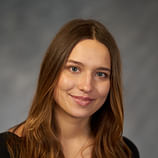


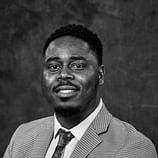

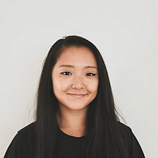











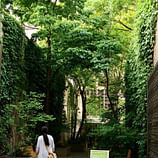


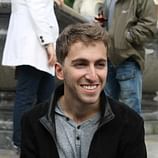


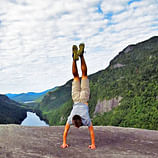
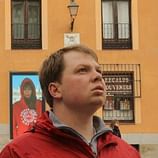


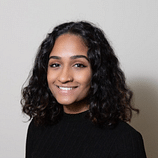




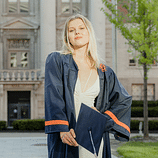




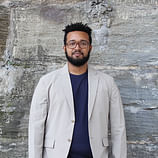




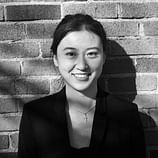


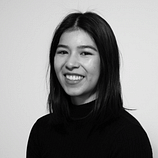






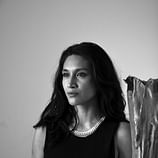


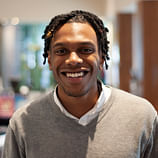
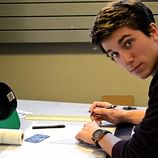
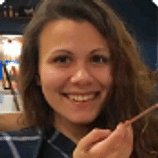

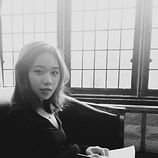







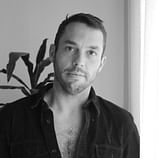






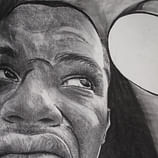

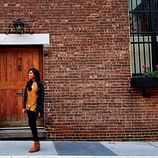



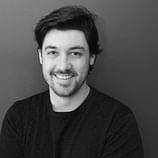


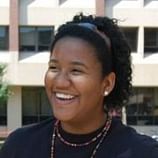
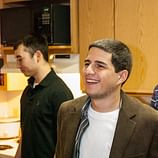




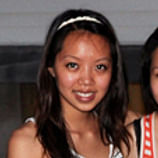
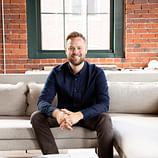
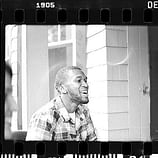





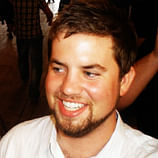




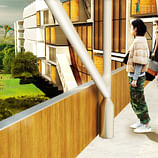
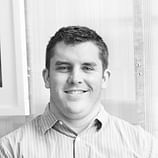
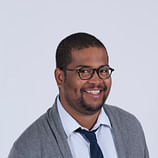



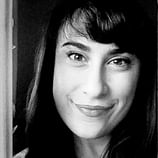
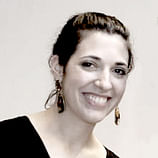

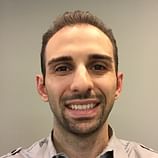


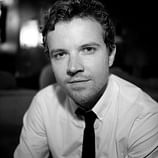
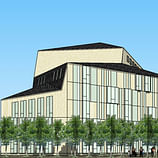

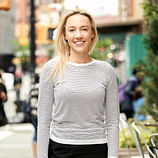
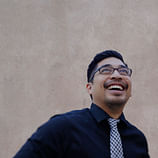

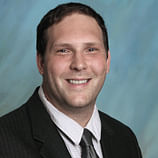
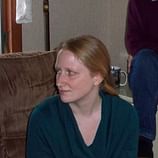
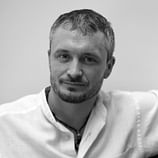
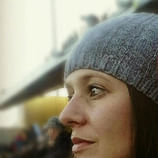

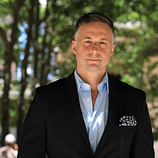

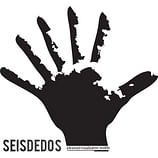

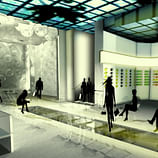




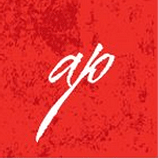
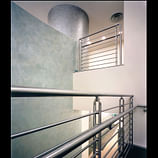
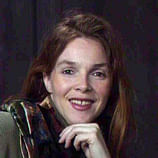
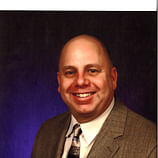

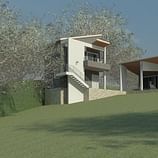

201 Slocum Hall
College Place
Syracuse, NY, US , 13244-1250
315 443 2256
315 443 5082